Your cart is currently empty!
Tag: SustainableAgriculture

As the global cannabis industry expands, its impact on agriculture and sustainability becomes increasingly significant, particularly regarding soil health. Cannabis cultivation can both positively and negatively influence soil ecosystems. Positive effects include enhanced nutrient cycling and microbial diversity, while challenges such as over-farming and soil depletion may arise without sustainable practices. Cannabis also has potential…
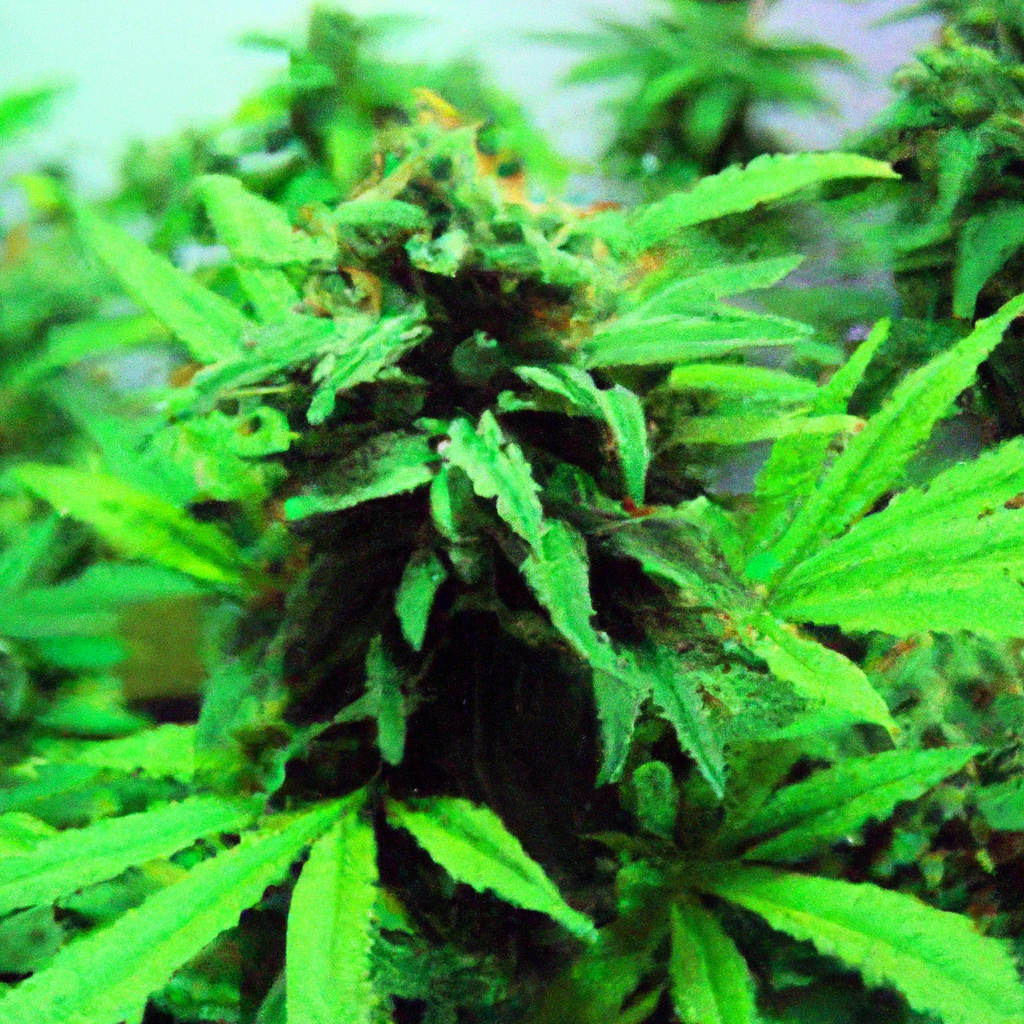
Cultivating cannabis marries art with science, and algae offers an innovative edge to boost yields. Algae, known for its nutrient-rich properties, enhances soil health by acting as a natural fertilizer, improving soil structure, and serving as a biocontrol agent. This blog post explores methods of incorporating algae into cultivation via algal fertilizers, compost tea, and…
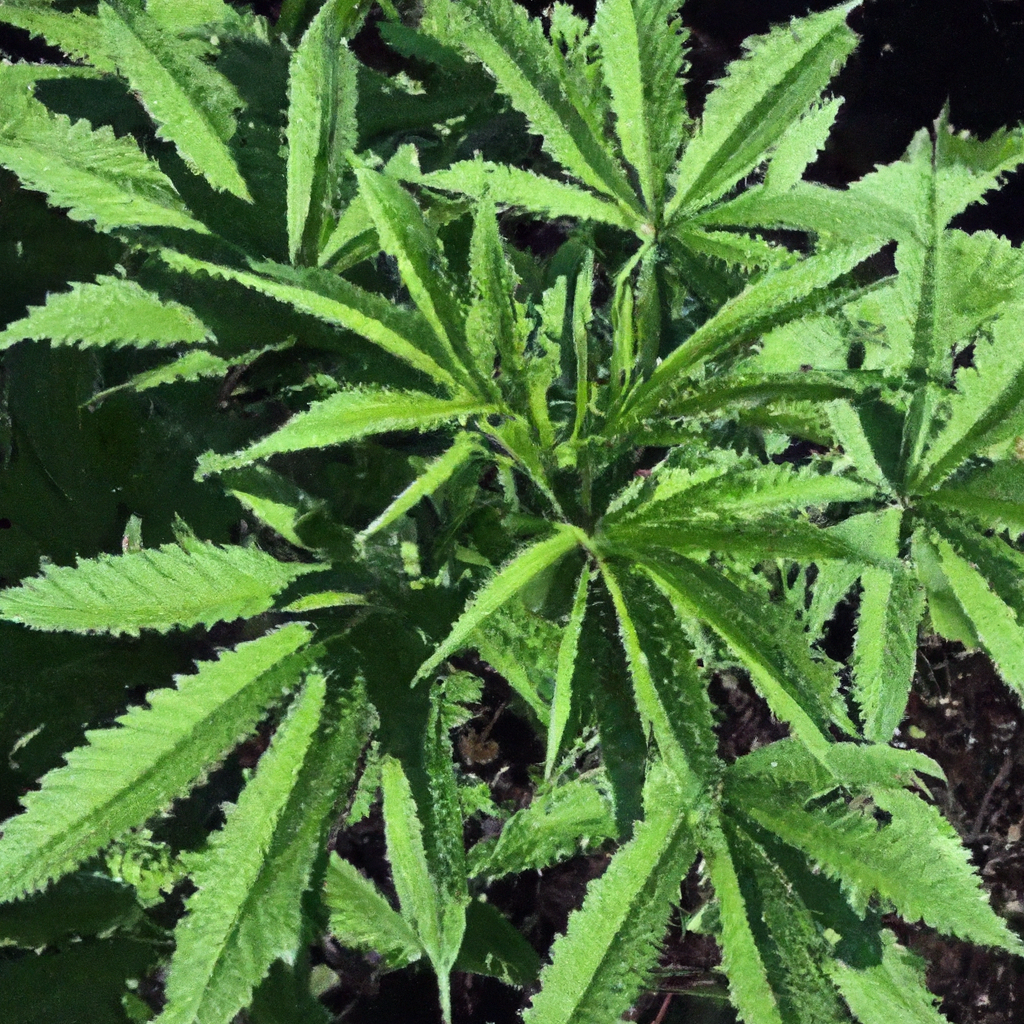
Successful cannabis cultivation increasingly relies on innovative methods, such as solarization, to manage soil-borne pests, weeds, and diseases. This eco-friendly technique uses solar energy by covering soil with clear plastic, thereby heating it sufficiently to eliminate threats without chemicals. To implement solarization, prepare and water the soil, cover it securely with plastic, and let it…

Understanding the relationship between cannabis and soil microbiomes is vital for enhancing sustainable cultivation practices. Soil microbiomes, made up of bacteria, fungi, and archaea, support cannabis growth by cycling nutrients, suppressing diseases, and increasing stress resilience. Cultivators can enhance these benefits through organic matter addition, minimal tillage, crop rotation, and cover cropping. Case studies, like…

Growing cannabis organically is a commitment to quality and environmental responsibility. By using natural fertilizers, compost, and eco-friendly pest control, you can produce healthier plants while reducing your environmental impact. This guide offers best practices for organic cultivation, emphasizing the importance of building a healthy soil ecosystem and avoiding synthetic chemicals. Benefits include reduced pollution,…
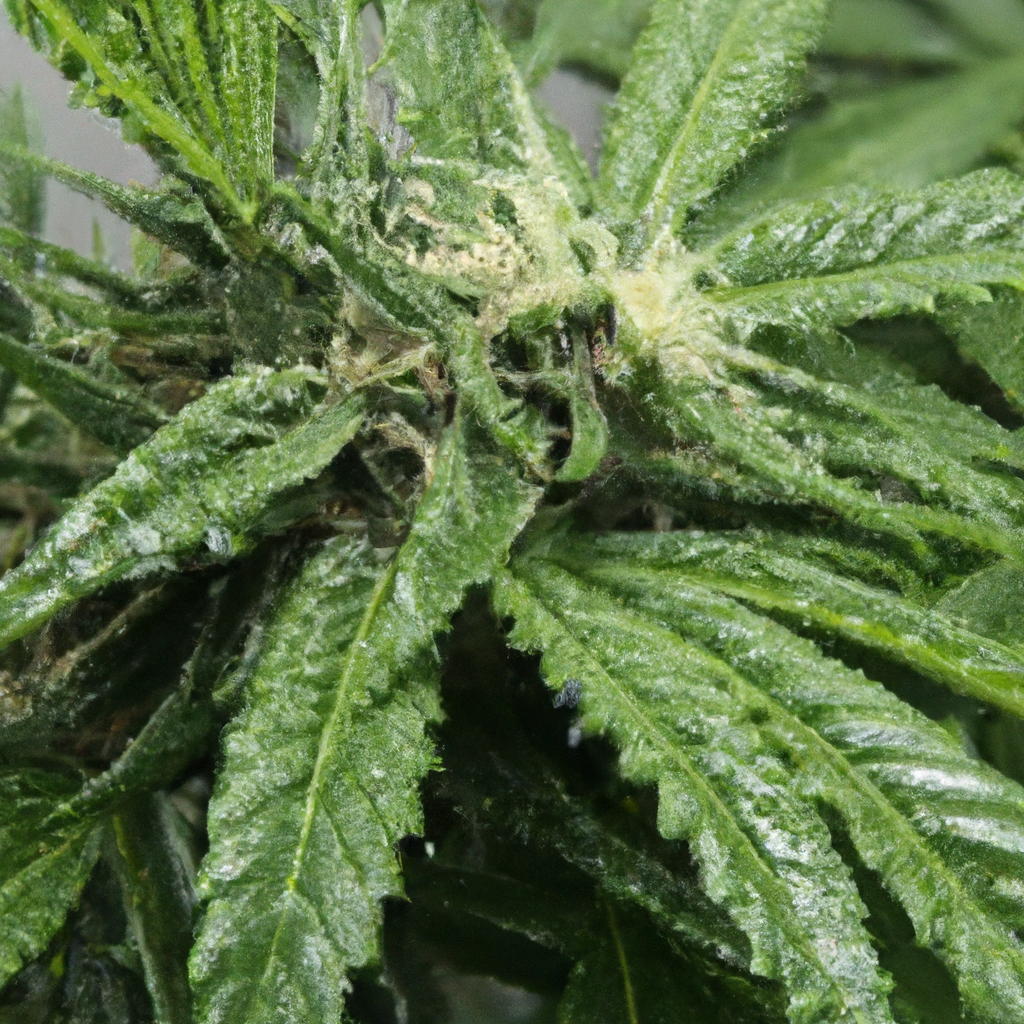
Effective irrigation is essential for successful cannabis cultivation, impacting plant health, yield, and growth efficiency. This guide explores various irrigation methods, presenting pros and cons for techniques like drip irrigation, deep water culture, flood and drain, and hand watering. Key practices include adjusting watering based on growing mediums and environmental conditions, testing runoff, and maintaining…
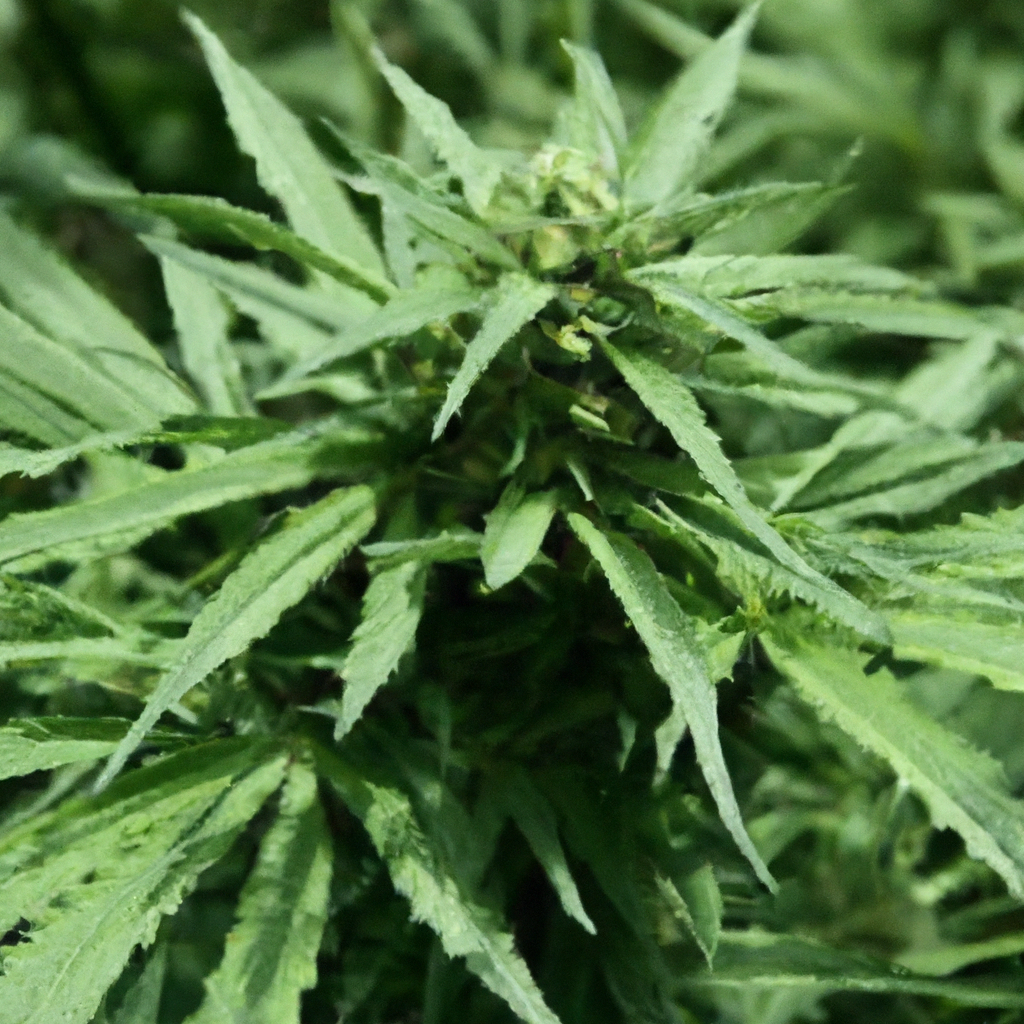
In recent years, cannabis has emerged not only for its medicinal and recreational uses but as a potent tool in sustainable agriculture, particularly in soil regeneration. This article highlights how cannabis aids in rejuvenating depleted soils by improving soil structure, nutrient cycling, and biomass production. With its deep root systems and the ability to enhance…
In cannabis cultivation, sustainability is key to success, and effective recycling techniques can enhance plant health, cut costs, and benefit the environment. Composting organic waste, like plant trimmings and kitchen scraps, enriches soil, while recycling water runoff through closed-loop systems conserves resources. Reusing growing mediums by amending old soil saves money and reduces waste, and…
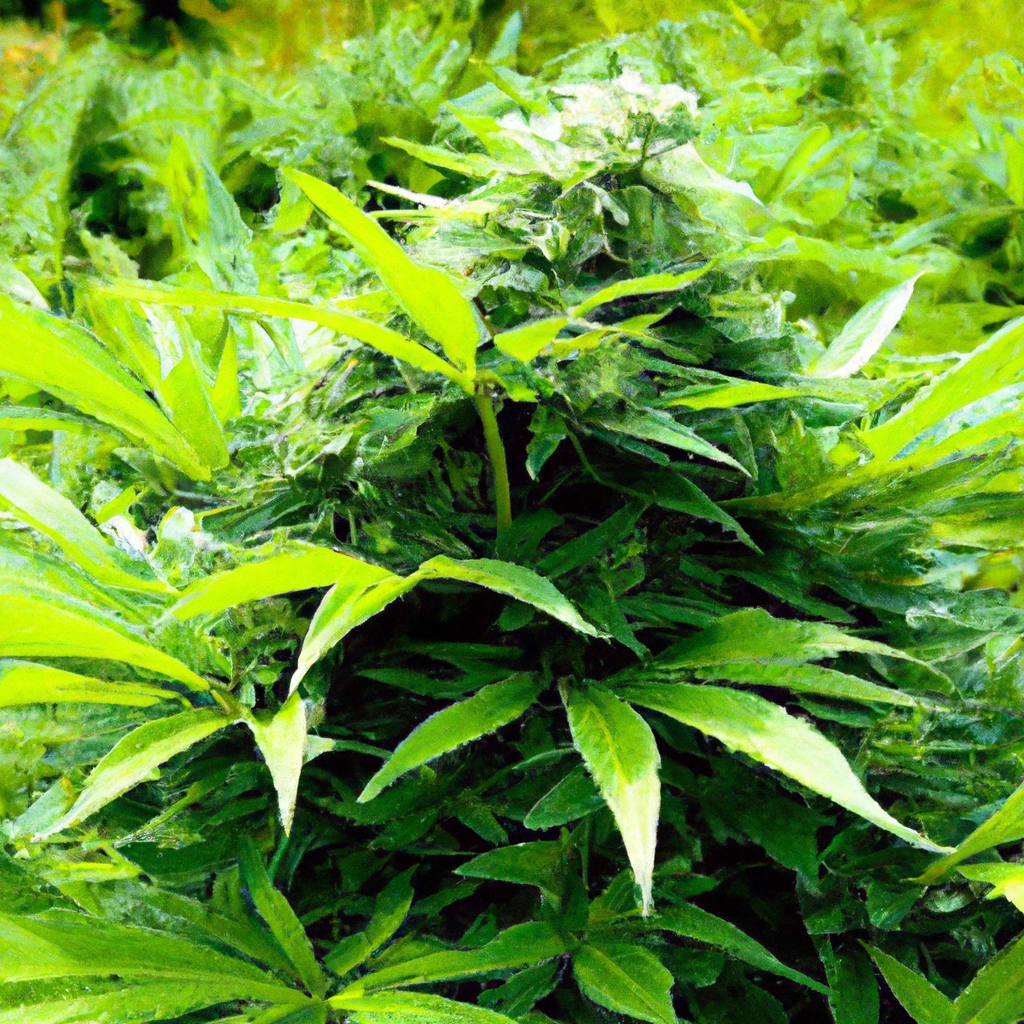
Outdoor cannabis cultivation offers a rewarding experience by utilizing natural environmental advantages, though it presents distinct challenges compared to indoor growing. Success largely depends on choosing the right location with ample sunlight, adequate wind protection, and high soil quality. Effective planting strategies, such as companion planting and proper spacing, enhance plant health and yields. Pest…
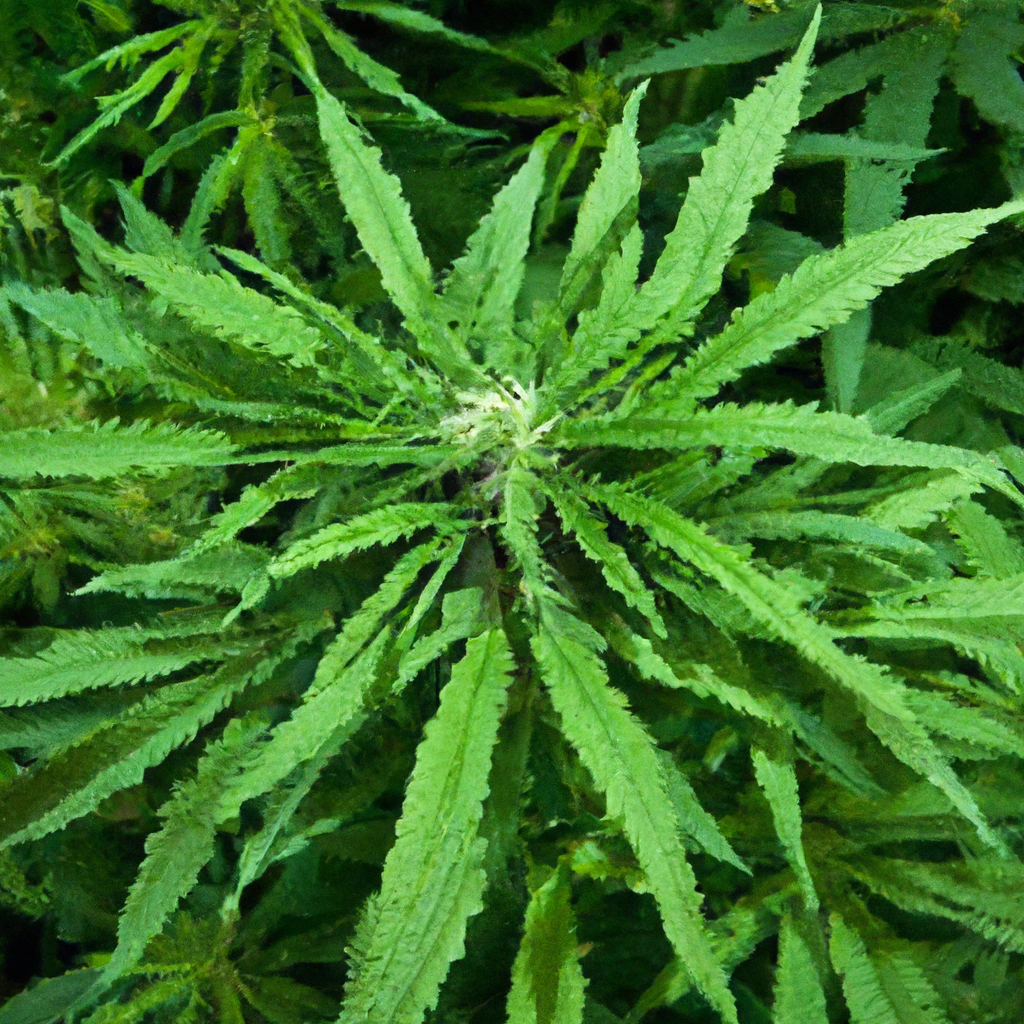
Cannabis cultivation is making significant strides in sustainable farming through crop rotation. By incorporating cannabis into these traditional systems, farmers can enhance soil health, boost biodiversity, and improve crop yields. Cannabis’ diverse nutrient needs and natural pest control properties benefit the soil and decrease the reliance on chemical interventions. A real-world example from a Kentucky…
